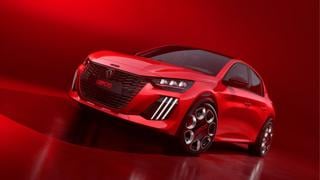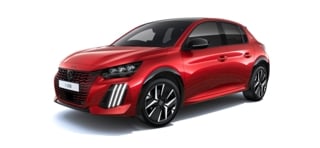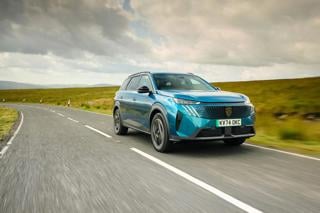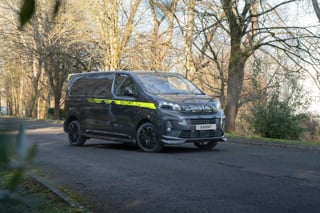Review
There is also a 92bhp version from launch in January, as well as 125bhp and 155bhp petrol variants.
A three-cylinder 82bhp petrol version will be the entry point to the range but in spring 2014 Peugeot will begin to introduce ultra-efficient Blue HDi diesel variants, including a 150bhp version.
With AdBlue technology to clean up emissions enough to achieve Euro 6 levels, CO2 will also be reduced to as low as 82g/km – better than the Volkswagen Golf Bluemotion’s 85g/km and the Toyota Auris Hybrid’s 84g/km, the current sector benchmarks for diesel and petrol-electric power.
The 308 offers a refined drive, with excellent comfort on our test vehicle – tested in our hands on a few imperfect roads as well as a cobbled street – and feels quite involving.
It would be a little more fun if the six-speed manual gearshift was less cumbersome, though, making progress slower when accelerating.
New safety technology makes its Peugeot debut on the 308, including a blindspot warning and autonomous emergency braking.
The latter has been proven to cut insurance group ratings and will be fitted on the top Feline equipment grade.
Adaptive cruise control will also be available as well as a collision warning system. Customers will also be able to choose a self-steering parking aid.
The touch-screen display is a good idea, but some of our pre-set satellite navigation routes were accessed three screens in, and other functions felt like they could be a bit more intuitive, but drivers will soon get used to it.
So the 308 is transformed to a highly competent all-rounder where its predecessor was something of an also-ran in a crowded sector.
It will do most things as well as any rival, and matches the Volkswagen Golf for quality feel, but without offering anything that stands out so much that it would be a key reason for choosing it.
But following Peugeot’s recent sales success in the UK with the 208 and 2008, the 308 has every opportunity to become a high achiever in fleet.






















Alex - 23/09/2013 17:13
The 309 didn't bridge the gap between the 305 and 306 in the 1980s? The 306 wasn't released until 1993... Hopefully this will be a big improvement on the lardy, ungainly and expensive current 308 model